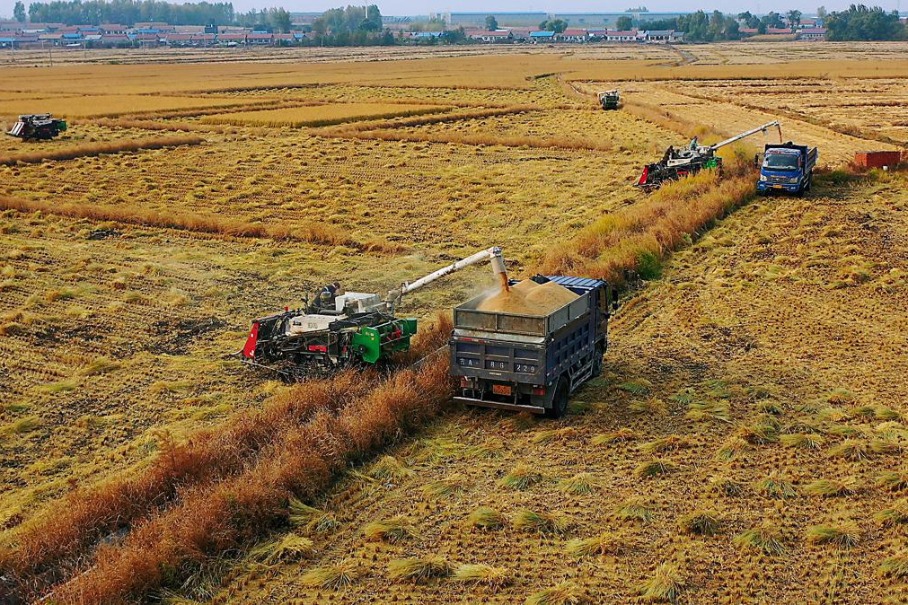New study reveals key mechanisms of dryland shrub decline

LANZHOU -- A newly published study has helped advance the understanding of the internal key physiological mechanisms of dryland shrub decline, according to the Northwest Institute of Eco-environment and Resources (NIEER) under the Chinese Academy of Sciences.
This study proposed a new perspective on the stress resistance mechanisms and environmental adaptation of sand-fixing shrubs in arid regions, said the NIEER.
Conducted by researchers from the NIEER and institutes of the United States, the study has been published in the journal New Phytologist.
Water transport is a fundamental process for plants to maintain life activities. Water can be transported from roots to leaves within a plant to form a continuous water column, whose integrity is particularly crucial for the survival of vascular plants in arid environments, according to Li Xinrong, an NIEER researcher and leader of the study.
"China has taken an active role in global desertification control. We endeavor to identify mechanisms of decreased performance with plant size in dryland shrubs, targeting to uncover the evolution of sand-fixing vegetation communities and finding solutions to sustain the fight against desertification," Li said.
Researchers investigated crown dieback, growth, hydraulics, carbon assimilation, and nonstructural carbohydrate (NSC) storage of two dominant shrub species at the southeastern edge of the Tengger Desert, China's fourth-largest desert.
Clear contrasts in stomatal regulation of leaf water potentials were detected between both shrub species. Despite these contrasts, the study showed that radial growth, hydraulic transport efficiency, and carbon assimilation similarly declined in both species with increasing plant size, while NSC reserves remained unchanged.
The study results indicate that hydraulic and potential carbon assimilation constraints, rather than NSC depletion, govern growth-related dryland shrub decline.
"Findings of this study improve our understanding of how population demography impacts dryland forest response to climate change," Li said.
"This new study provides a scientific basis for the vegetation reconstruction and sustainable management of windbreak and sand-fixing shrubs," Li said.
- New study reveals key mechanisms of dryland shrub decline
- Chinese team designs lead-free, eco-friendly solar cells, breaking efficiency record
- South China's Hainan sees over 2 million inbound, outbound passengers this year
- China's Long March 8A rocket launches internet satellites
- Shanghai, Singapore deepen ties with 18 cooperation pacts
- Poyang Lake welcomes first winter migratory birds





































